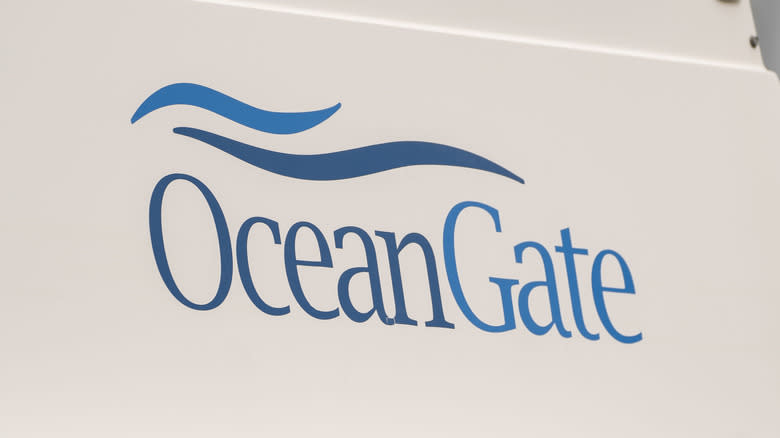
Somehow, it's only been two years since the Titan submersible imploded, killing everyone on board, even though it feels like it happened a lifetime ago. Since then, we've learned all sorts of things about what a terrible idea it was, but if you want to learn even more about everything that went wrong with OceanGate CEO Stockton Rush's doomed plan, the Coast Guard Marine Board of Investigation has just released a new 335-page Report of Investigation outlining its findings over the last two years. And wouldn't you know, the Coast Guard concluded this disaster was entirely preventable.
According to the Coast Guard, "the primary contributing factors were OceanGate's inadequate design, certification, maintenance and inspection process for the Titan." That sure sounds like a polite way of saying Rush did everything wrong, and five people paid the ultimate price for it. Then again, considering all the reporting that's come out since June 2023, that shouldn't be much of a surprise. It wasn't just that the Titan had a bad design that was destined to fail, though. The Coast Guard also blames "a toxic workplace culture at OceanGate," as well as insufficient national and international regulation of submersibles and a flawed whistleblower process.
In the report, the MBI recommends making some major changes to the ways Oceanographic Research Vessels are allowed to operate, increasing domestic and international regulations, including requiring all U.S. submersibles to obtain Coast Guard documentation, and increasing staffing levels to provide inspections and oversight on the development of any new submersibles.
"This marine casualty and the loss of five lives was preventable," Jason Neubauer, Titan MBI chair, said in a statement. "The two-year investigation has identified multiple contributing factors that led to this tragedy, providing valuable lessons learned to prevent a future occurrence. There is a need for stronger oversight and clear options for operators who are exploring new concepts outside of the existing regulatory framework. I am optimistic the ROI's findings and recommendations will help improve awareness of the risks and the importance of proper oversight while still providing a pathway for innovation."
Read more: These Cars Have The Best Wings Ever
Where OceanGate Went Wrong
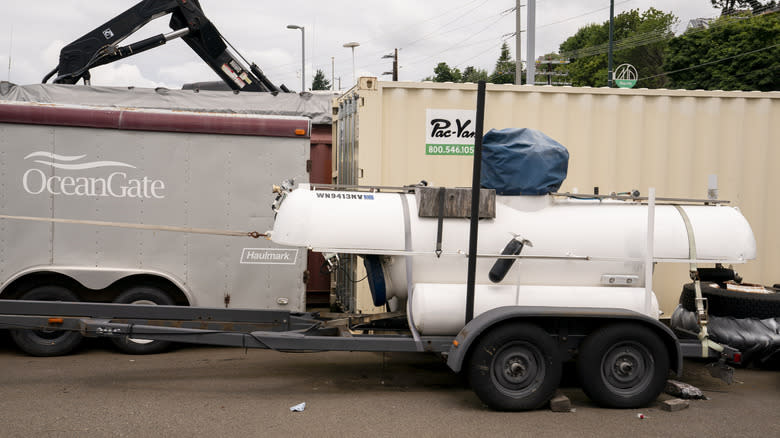
At 335 pages, the report is far too long to cover in complete detail here, but as you can imagine, a lot of space is dedicated to OceanGate's many design failures. The MBI believes "the probable failure point of the hull was either the adhesive joint between the TITAN's forward dome and the titanium segment or the carbon fiber hull near the forward end of the TITAN."
The report also states that the causes of that failure can be attributed to an inadequate design and testing process, the company conducting "no meaningful analysis" to determine the life cycle of the hull, "an overreliance on" a real-time monitoring system, a failure to evaluate the data collected by the RTM system "when problematic data was recorded," continuing to use the Titan "after a series of incidents that likely compromised the integrity of the hull and other critical components," a design and construction process that "introduced flaws that weakened its original structural integrity," and failure to properly investigate "significant damage during previous TITAN dives."
MBI largely blames Rush himself for those failures, at least in part because it believes "OceanGate's toxic safety culture, corporate structure, and operational practices were critically flawed and at the core of these failures were glaring disparities between their written safety protocols and their actual practices." Rush allegedly worked hard to skirt regulations, misrepresent how safe the Titan actually was and cut costs, even at the expense of safety.
Cut Costs, Lose Lives
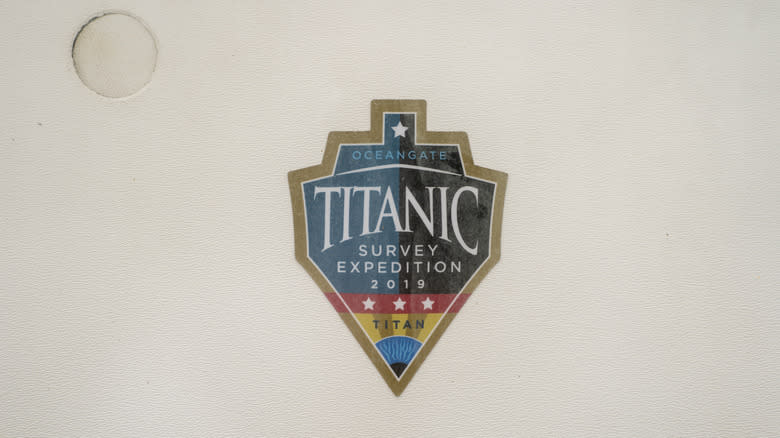
The report also concludes that "mounting financial pressures on the company in 2023 resulted in an increased risk to TITAN's hull and its operations." In an attempt to save money, OceanGate decided to "store the TITAN submersible and its associated equipment outdoors, unprotected in inclement weather for most of the Canadian winter, exposing the hull to extreme temperature fluctuations [that] compromised the TITAN's hull integrity." Yikes.
On top of leaving its submersible exposed to the Canadian winter, OceanGate also chose to charter the less-expensive Polar Prince instead of the more capable Horizon Arctic, which, among other issues, kept the crew from being able to perform maintenance and inspections of the Titan while at sea. Money troubles also made it difficult to keep experienced workers on staff, leaving several senior positions vacant while the company relied on younger, less-experienced workers to fill the gaps.
Ultimately, financial pressure is also allegedly what led Rush to make the Titan look fully operational in an attempt to attract investors. And while you might think there would be mandatory inspections of a new submersible before the company was allowed to take passengers multiple miles beneath the ocean's surface, the MBI found a "lack of comprehensive and effective updated regulations and policies for the oversight and operation of manned submersibles, especially of novel design, constructed and operated in the United States." As it turns out, regulations are good, actually, and people die when they aren't in place. Also, you can't take wealthy business owners at their word when they promise you everything they're doing is safe, especially since those regulations and inspections tend to get in the way of making the most money possible:
For several years preceding the incident, OceanGate leveraged intimidation tactics, allowances for scientific operations, and the company's favorable reputation to evade regulatory scrutiny. By strategically creating and exploiting regulatory confusion and oversight challenges, OceanGate was ultimately able to operate TITAN completely outside of the established deep-sea protocols, which had historically contributed to a strong safety record for commercial submersibles.
Possible Criminality
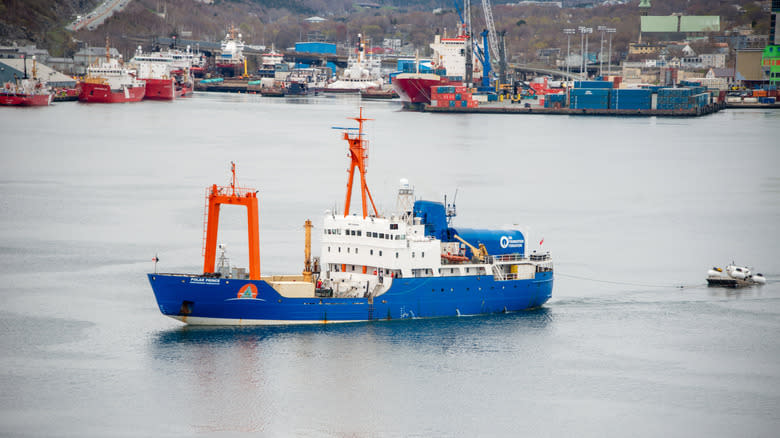
If there's any good news here, it's that it's unlikely anyone on board felt much pain when they died. According to the report, "the individuals aboard TITAN were subjected to approximately 4,930 psi, resulting in the instantaneous death of all five occupants."
Evidence also suggests that, had he survived, Rush could have faced a slew of criminal charges, including "seaman's manslaughter," since 18 USC § 1115 says "masters, pilots, and executive officers of a vessel may be held criminally liable if their negligence, misconduct, or willful disregard of duties results in the death of a person." The Department of Justice would have had to charge Rush, and he got squished into goo at the bottom of the ocean, so that won't happen, but per the report, "[h]ad OceanGate's CEO and chief pilot survived the incident, the MBI would have recommended that the Commandant refer the matter to DoJ for their consideration on whether to pursue a separate criminal investigation."
The report also claims Rush could have faced other penalties, as well, including having his Merchant Mariner Credential revoked. And if OceanGate hadn't shut down, the MBI would have also recommended the Coast Guard bring civil penalties against the company, too. Those penalties would have included fraud and intentional misconduct related to "Rush [submitting] a fraudulent sea service letter signed by the COO of OceanGate to the USCG National Maritime Center to obtain his USCG Inland Master of 25-GRT Vessels MMC."
On top of that, the report also alleges "[f]ailure to have a valid USCG COI onboard a commercial submersible carrying at least one passenger for hire," "[f]ailure to have a stability letter issued before the vessel was placed in service with passengers for hire onboard" and a "'Commercial Vessel' Operating, or interfering with operations of, a commercial vessel in a negligent manner that endangers life, limb, or property of a person."
We Need More Oversight
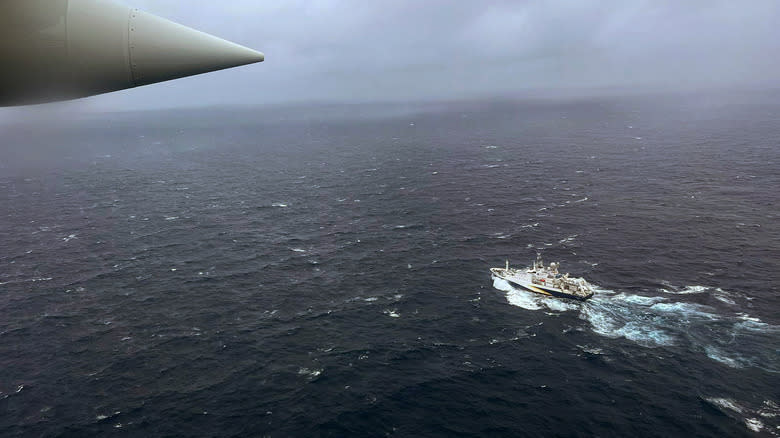
It isn't hard to see that both Rush and OceanGate made a series of reckless, short-sighted decisions that ultimately caused five people, including Rush himself, to lose their lives. They sacrificed safety in an attempt to cut costs and managed to dodge or ignore regulations that might have saved lives. And as much as Republicans will hate it, preventing a disaster like this from happening again, however, will mean updating and expanding regulations, as well as increasing oversight.
The last section of the report outlines 14 recommendations to improve safety, as well as two administrative recommendations, and none of them say to trust wealthy CEOs to do whatever they want. Instead, you get lines like, "The USCG should pursue an expansion of federal requirements to ensure proper regulatory oversight of submersibles that perform oceanographic research operations," and, "CG-CVC should review and update USCG ORV policy and guidance for surface vessels not subject to inspection under 46 CFR Subchapter U (i.e., vessels less than 300 GRT) to ensure consistent application across OCMI zones and provide clear ORV oversight expectations."
Companies, the wealthy people who own them and the executives who run them don't care about safety or people's lives. They care about money, and they're only going to spend it on safety if they're forced to do so. Unfortunately for all of us, Elon Musk didn't head to Washington to improve efficiency, reduce waste and catch fraud. Instead, he and his army of broccoli-haired teens made it their mission to gut the regulators keeping us safe. We should demand better safety regulations for submersibles and other oceanic research vessels, but we should also be demanding the same thing in other industries, because as the Titan submersible implosion shows, regulations are written in blood.
Want more like this? Join the Jalopnik newsletter to get the latest auto news sent straight to your inbox...
Read the original article on Jalopnik.
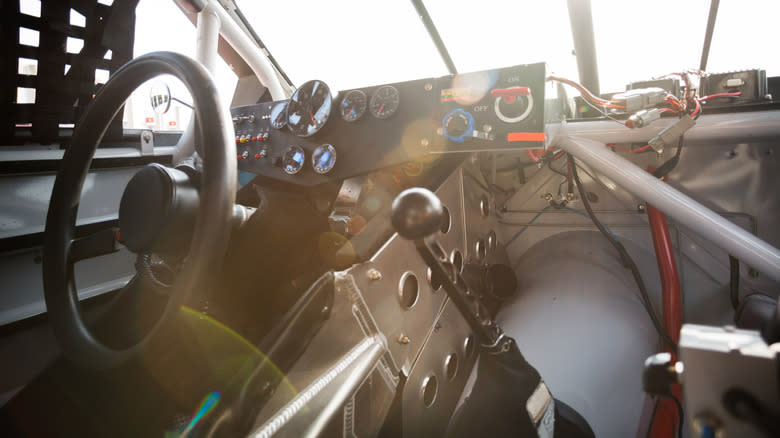







Comments